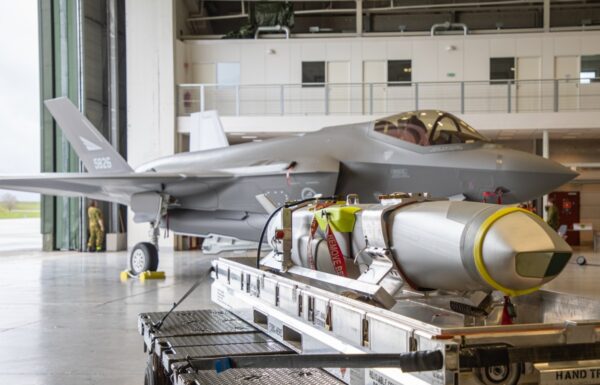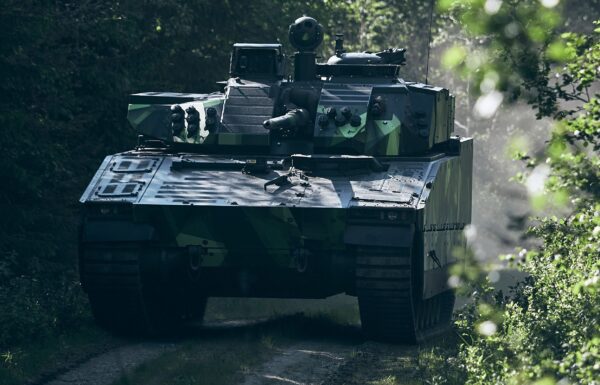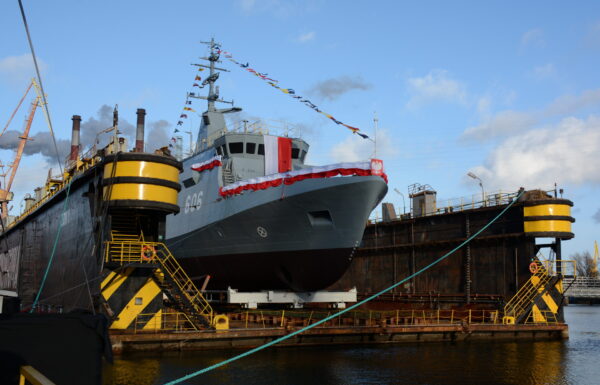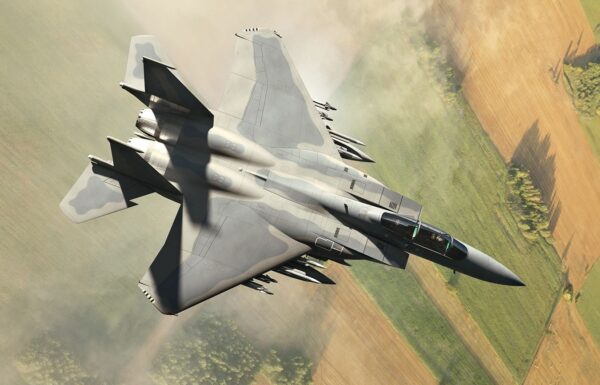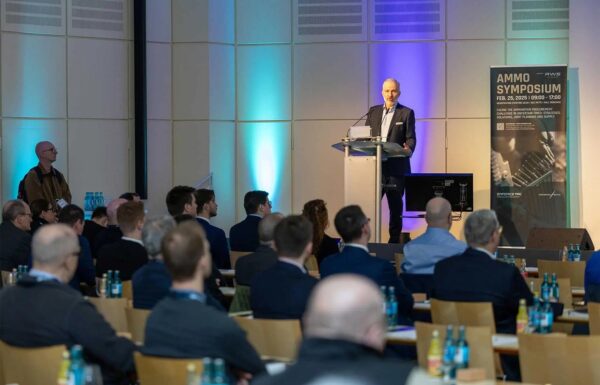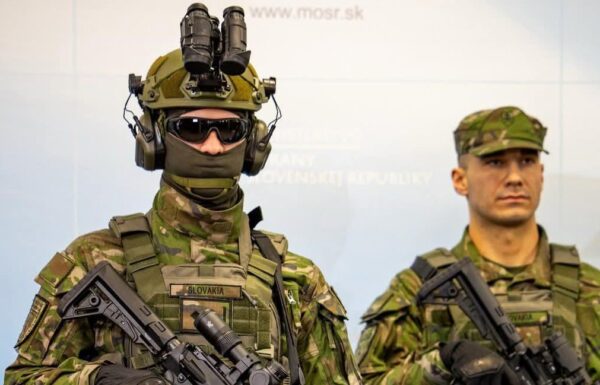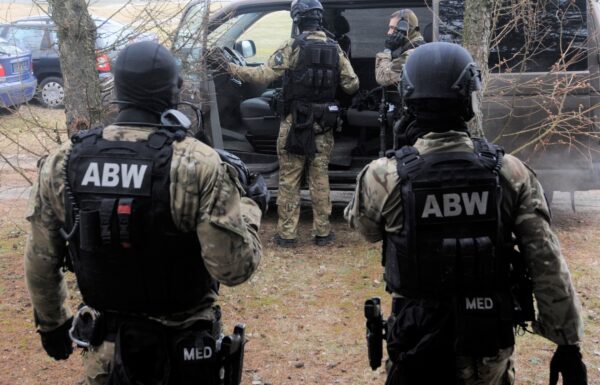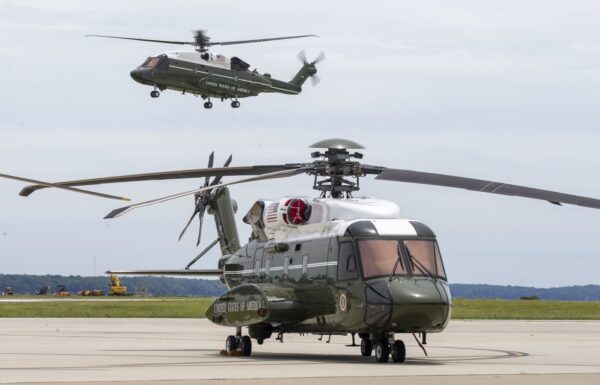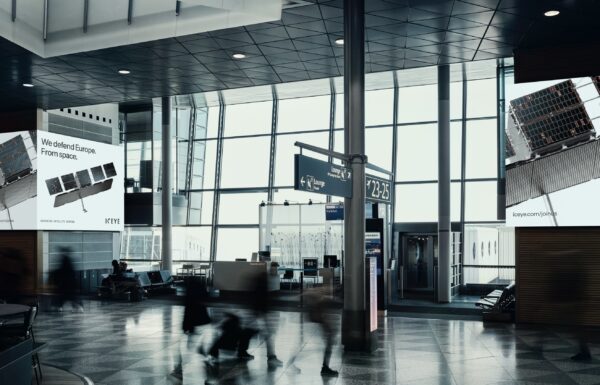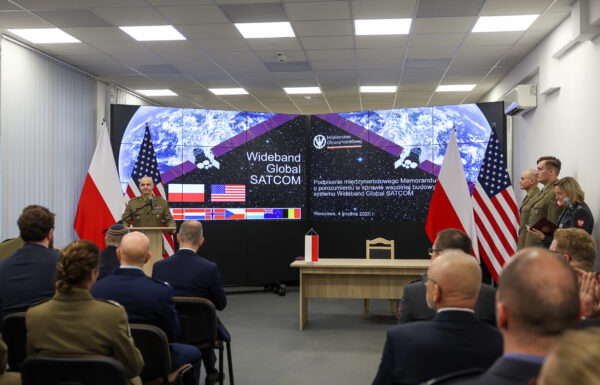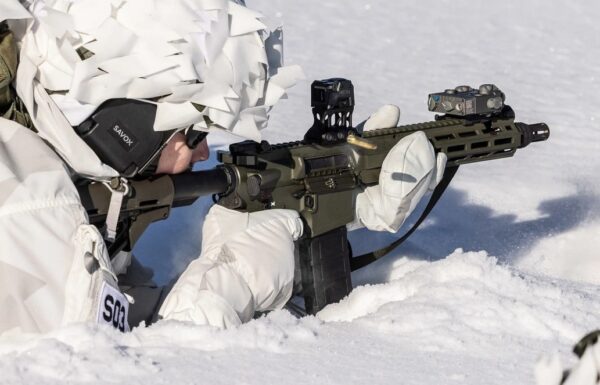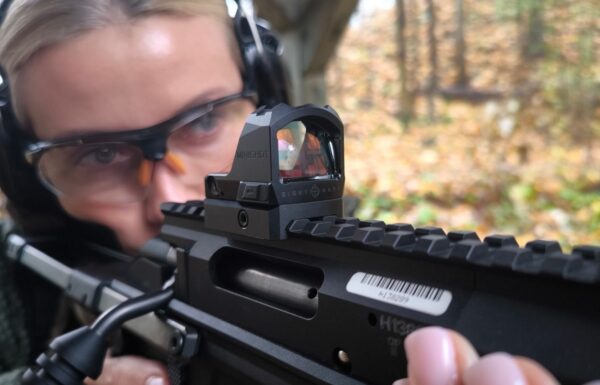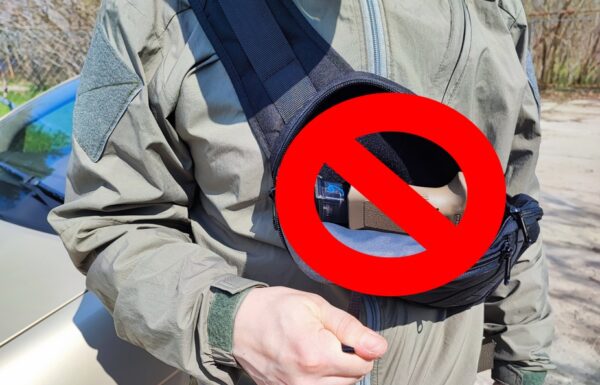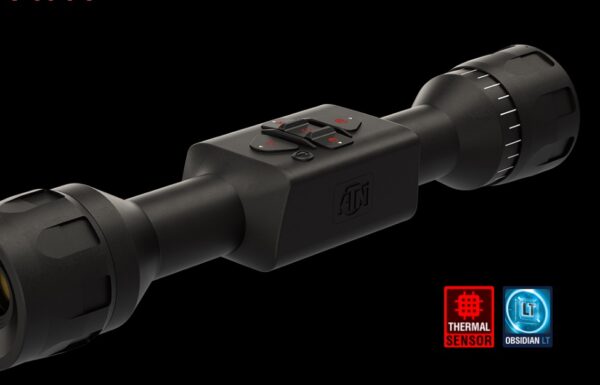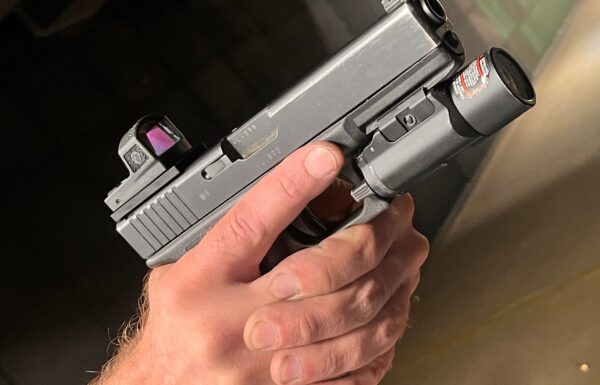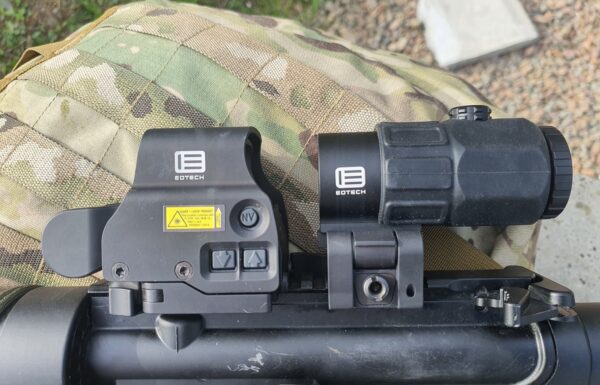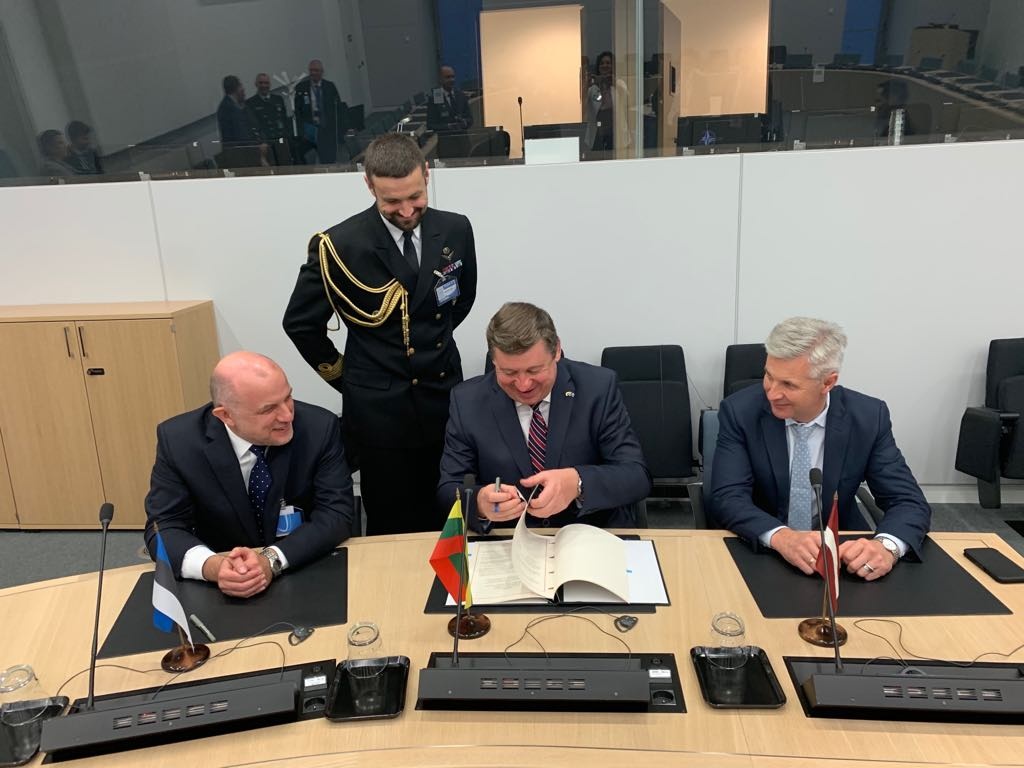As soon as next year security in the Baltic airspace will be ensured by three control and reporting centres, triple the amount of the current capability. It has been laid out in an agreement of the three Baltic Defence Ministers signed in Brussels on the new configuration of the Baltic Air Surveillance Network and Control System, BALTNET.
The Ministers of Defence of Baltic States signed an agreement in Brussels on strengthening joint airspace surveillance / Image: Lithuanian MoD
BALTNET is fully integrated into the NATO Integrated Air and Missile Defence System (NATINAMDS) and ensures security of the Lithuanian, Latvian and Estonian airspace. It currently comprises the Combined Control and Reporting Centre in Karmėlava, national airspace control and reporting posts, radar posts in Lithuania, Latvia and Estonia, and assigned equipment. The new configuration of BALTNET, on the basis of the new agreement, will comprise three separate Control and Reporting Centers in each of the Baltic states, radiolocation posts, radars, radio equipment and communication lines. All the three Control and Reporting Centers will conduct air surveillance in their respective territories and near them, exchange data, and control the NATO Air Policing Mission aircraft on a rotational basis.
‘BALTNET is ensuring sovereignty of the national airspace of Lithuania, Latvia and Estonia and is that way contributing to the preservation of integrity of NATO airspace. The agreement on the future configuration of the Baltic Air Surveillance Network and Control System will strengthen successful NATO’s ability to ensure air surveillance and control in peace time or crisis’, Lithuanian Minister of National Defence, Raimundas Karoblis, said. As part of NATINAMDS, BALTNET has to meet the needs of the current NATO Baltic air Policing Mission and have the capability to control all types of air operations in the Baltic airspace.
The Combined Control and Reporting Centre in Karmėlava of BALTNET receives air surveillance data from radars in the three Baltic States and Poland and sends the Recognised Air Picture of the three Baltic States to the NATO Combined Air Operations Centre in Ramstein (Germany), and jointly provides control of the NATO Air Policing mission fighter aircraft in the Baltic States: if a violator is spotted in the airspace of any of the Baltic states, NATO aircraft are scrambled to intercept it.
The present BALTNET is based on the agreements signed in 2007, but NATO agreed to an Air Command and Control System (ACCS) capability development package when the security situation changed, which includes recommendations to enhance the NATO air surveillance and control system in order to ensure that NATO and NATO allies can generate the Recognized Air Picture and provide control of all types of air operations in NATO territory and beyond.


